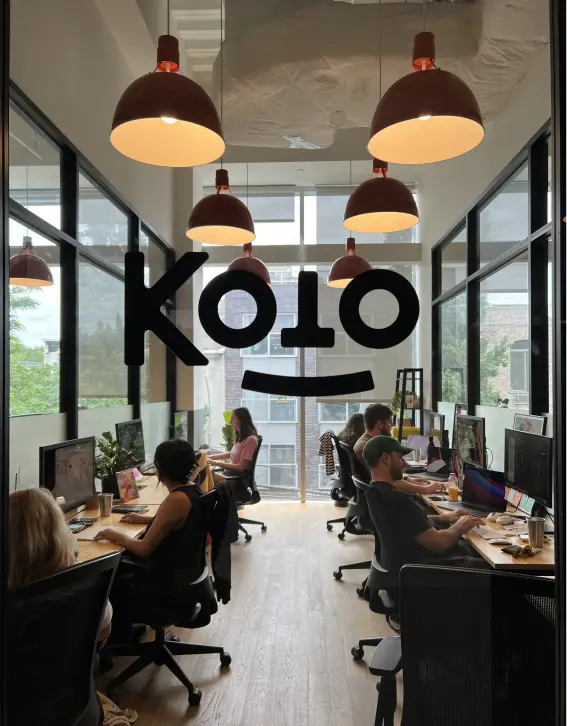Most creatives hit a ceiling," James Greenfield tells us, leaning back in his chair at Koto's sunlit Berlin studio. "They get comfortable making beautiful things and never learn to build the systems that would scale their vision."
It's a crisp morning in Kreuzberg, and through the windows of their office, I can see the neighborhood coming alive. The studio itself feels like a physical manifestation of James's philosophy: meticulously organized yet unmistakably creative, with carefully curated objects that tell stories of past projects.
Connect with freelancers and founders who share opportunities and real business-building advice. Apply to join NeueHaus.
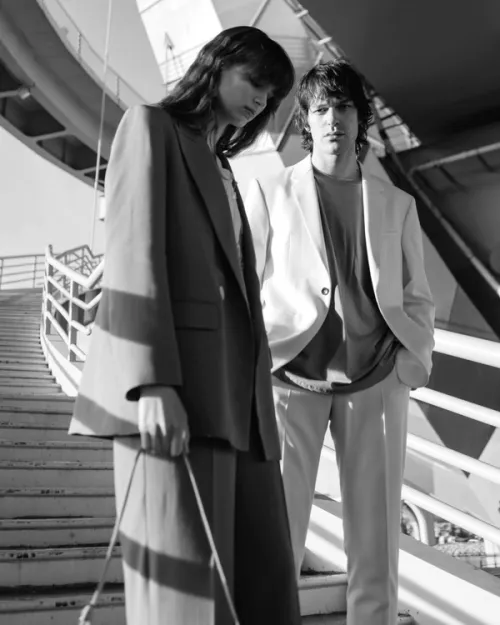
A Conversation With The Founder of Koto
This is the man who transformed Airbnb's identity in 2014 while at DesignStudio, before founding Koto, now the agency of choice for tech giants like Google, Netflix, and Spotify. But James isn't here to reminisce about past glories. He's more interested in why so many brilliant creative minds fail to build lasting businesses.
I had to decide if I wanted to be the best designer in the room or build the best design company in the world. You can't do both.
Our conversation turns into the advice everyone should hear before even thinking of building their own studio or agency. James is sharing the unexpected choices, painful trade-offs, and sometimes counterintuitive thinking required to translate creative excellence into business success.
Cut Your Job Into Pieces: The Creative's Path to Leadership
"What stops a lot of creatives from becoming leaders is that they don't want to leave the creativity behind," James explains. "The thing that got them here isn't necessarily going to get them there."
For creatives with leadership aspirations, this emotional attachment presents a pivotal crossroads. "I was at a juncture where I either had to say, 'This leadership has to happen by someone else,' or I need to leave the creativity. Not fully, but it would be much less part of my day."
His decisive solution transformed Koto's trajectory: "I chopped my job up and was really clear with people that I'm giving all of these bits away. I built an organization chart organically, with very clear structures of reporting. It's kind of like big company thinking in a small creative environment."
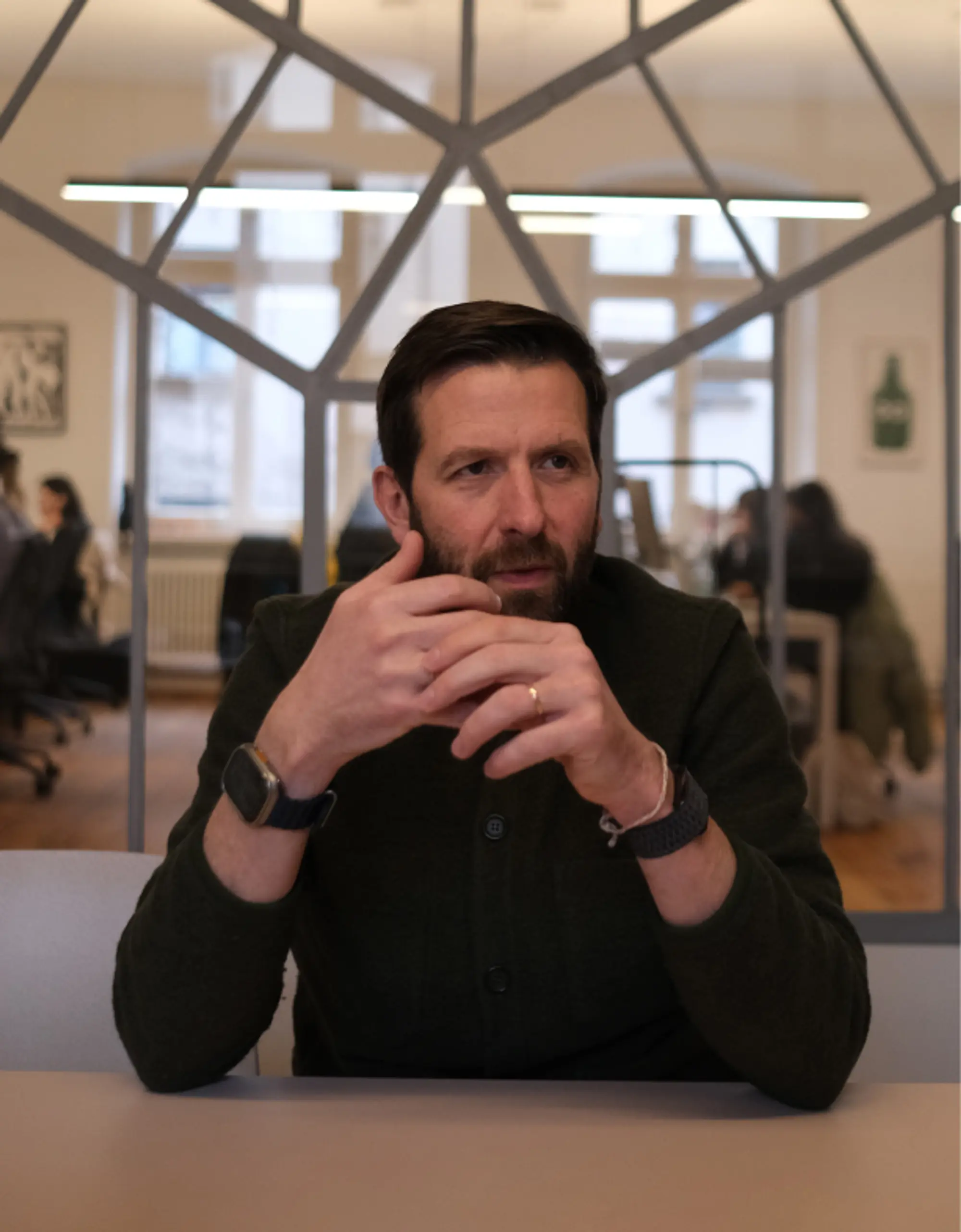
James during our interview at Koto's Berlin office. Photo: NeueHaus
The transition demanded courage: "I was forcing myself into a place of discomfort to learn something because I knew that it would hit the goals that I had." This willingness to leave comfort behind became his growth philosophy: "It's quite fascinating to take yourself away from that warmth and comfort into something that's a little bit colder, starker, more unknown. I think that's what growth is."
People Can Smell Fake Claims
In an era where authenticity is a given, James applies a clear framework: "We always talk about true, compelling, distinctive."
True acknowledges transparency is non-negotiable: "The idea that a brand could give a false impression–I think that's gone. People can smell when others are being disingenuous."
Compelling recognizes market reality: "Everyone's got competitors. You need to find a way to really capture people."
Distinctive creates the competitive edge: "The distinctiveness has to come in somewhere, whether it's what you say, how you act, or the retail experience."
This formula explains why some legacy brands falter while newcomers thrive: "Nike has lost its innovation, lost its creativity. It's extracting value from the past and spinning it through a machine. Meanwhile, you look at On Running: very creative, collaborative, well-considered, beautiful."

As the Creative Director of DesignStudio James led the transformative Airbnb rebranding in 2014. Photo: Courtesy of James Greenfield / Koto.
The lesson? "These small brands don't need big budgets—the door is open. New Balance, which 20 years ago was just dad's sneakers, has shown that with the right people, right product, and innovative thinking, you can transform a brand."
Where Design Has Yet to Transform Industries
James sees vast untapped potential for design beyond the obvious applications in branding and marketing: "Design still has a long way to go to be truly impactful in every area. The number of times I'm in a transport environment or city environment, you just think design can make us all so much better. We're just not applying that in any meaningful way."
Brands are waking up. You're seeing more Chief Creative Officers, Chief Design Officers, and Chief Brand Officers.
When discussing Koto's most exciting work, James highlights projects beyond mere aesthetics:
"We're working with interesting startups in healthcare, an under-resourced area where design thinking might finally create breakthrough moments." Similarly meaningful: "We're doing work with the unbanked. There's still a large percentage of the world without bank accounts or access to finance."
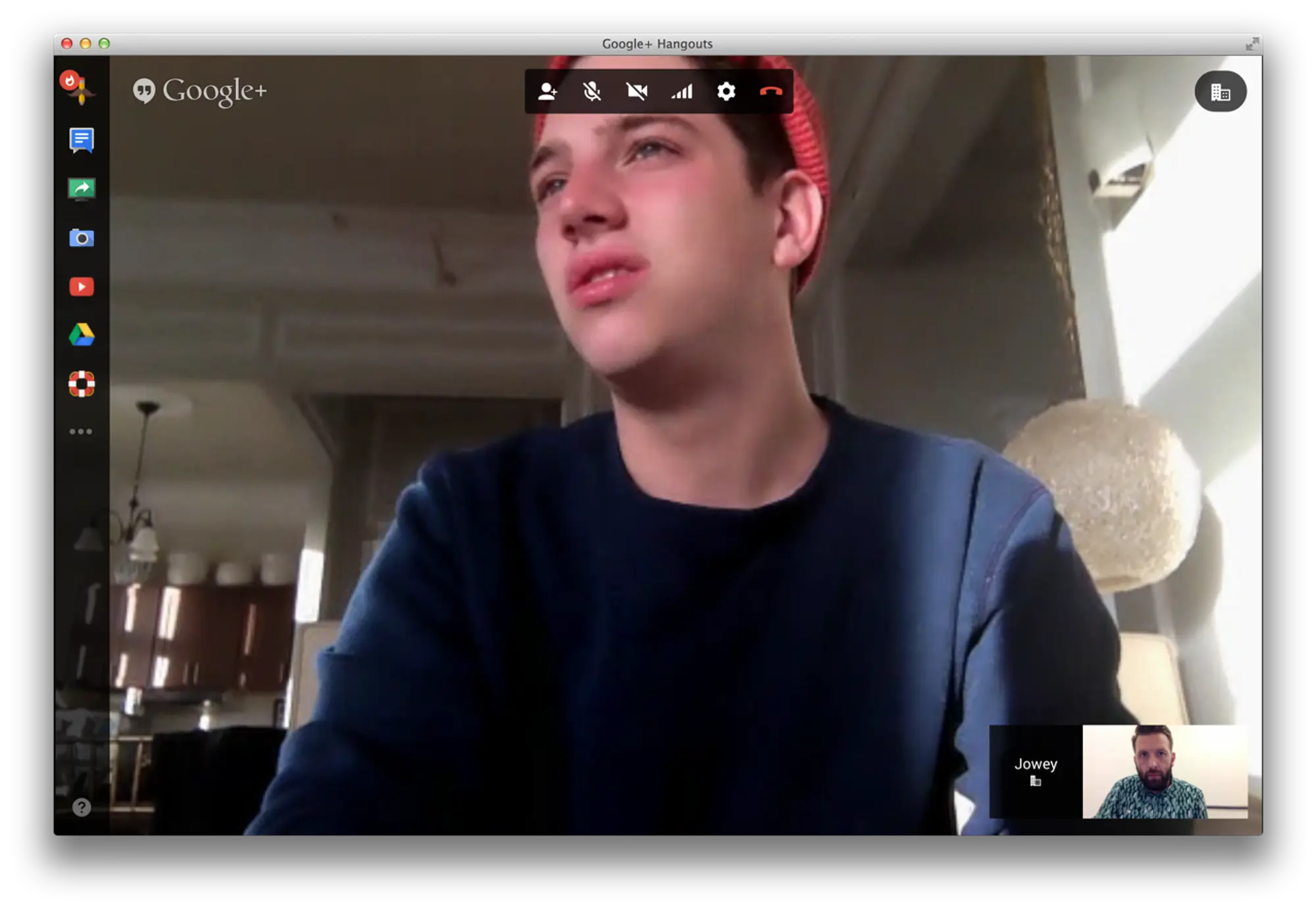
Behind the scenes of building Koto, now with offices across London, LA, New York, Berlin, and Sydney. Photo: Courtesy of James Greenfield / Koto.
What Gaming Teaches Brand Builders
As Koto expands into gaming, James has discovered a fundamental shift in brand thinking: "What's really interesting about gaming is you have to build a world. It can't just be identifiable assets like a logo or color, it's much more comprehensive."
This world-building approach demands deeper engagement: "Loyalty's very high, and people play games that have been around for a long while. You've got to really understand that market and where you exist."
The challenge is heightened by perception gaps: "I don't think non-gamers get gaming from the outside. The richness of characters that's interesting."
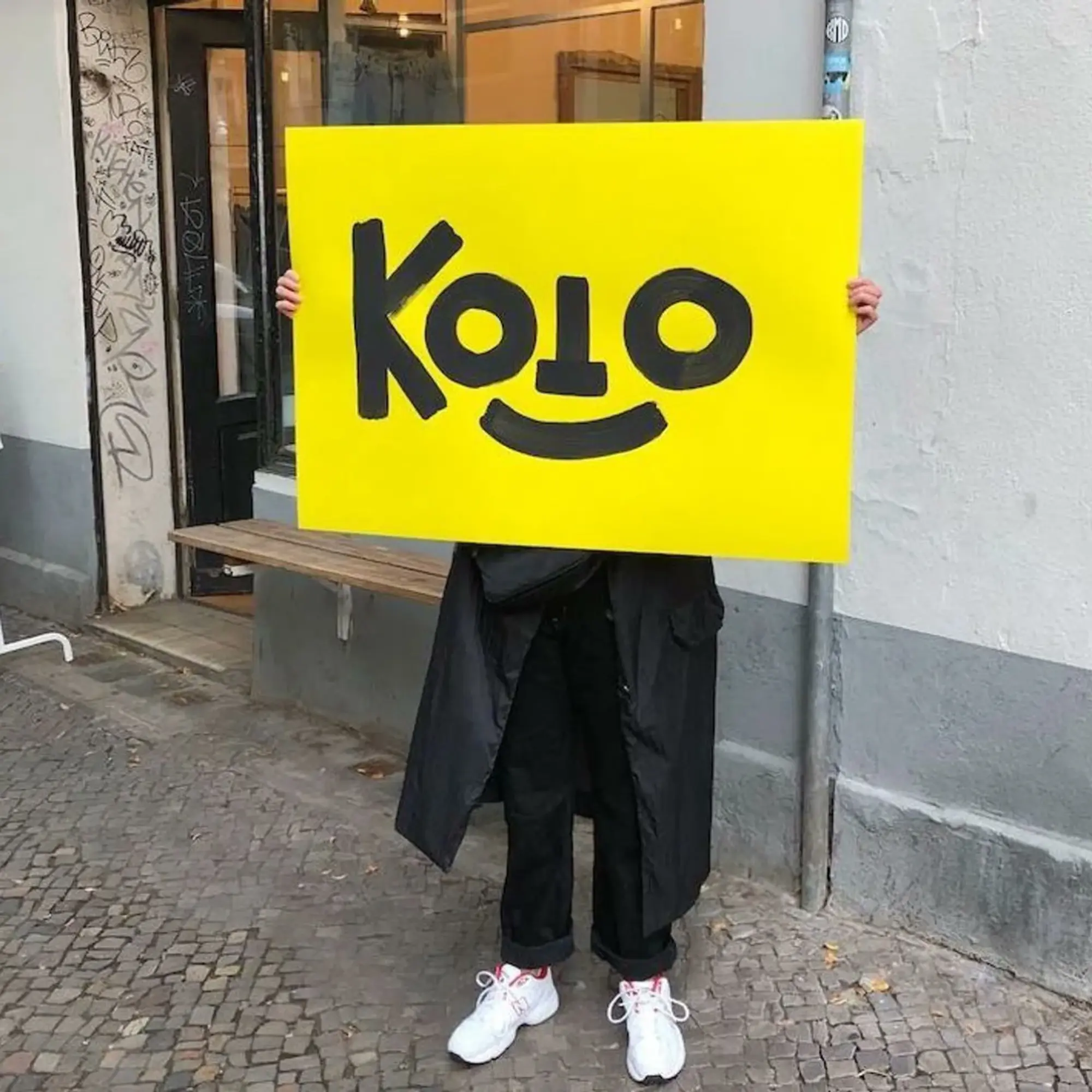
Photo: Courtesy of James Greenfield / Koto.
The Theory-Practice Gap
James identifies a critical gap in developing creative talent: "Some elements of creative education are reticent to prepare people for the real world. They focus on inspiring creativity rather than application."
You get very creative people who struggle to apply their creativity in the real world.
"There's a high dropout rate because they couldn't find that connection in their initial post-college moments. I'd love to see more application: how you get conceptualized ideas and apply them. It's about helping people go on a mental journey so they don't finish their course with great satisfaction but no vision for their future."
"We discover hyper-curious people with great ideas and high awareness who are incredibly frustrated because they're not doing something that matches their skill sets."
James believes diverse educational approaches are essential: "Having different structures that connect with how people see the world is vital. We don't want to become semi-robots while we hand the world over—it won't be a satisfying place to stay."
James Greenfield is the founder of Koto, a global design agency with 115 employees across studios in London, LA, New York, Berlin, and Sydney. From an inauspicious start, Koto has grown to become one of UK design's leading lights, partnering with tech giants and emerging startups alike. Before founding Koto, James was Creative Director at DesignStudio, where he led the transformative Airbnb rebrand that helped position the company as a global hospitality leader.


